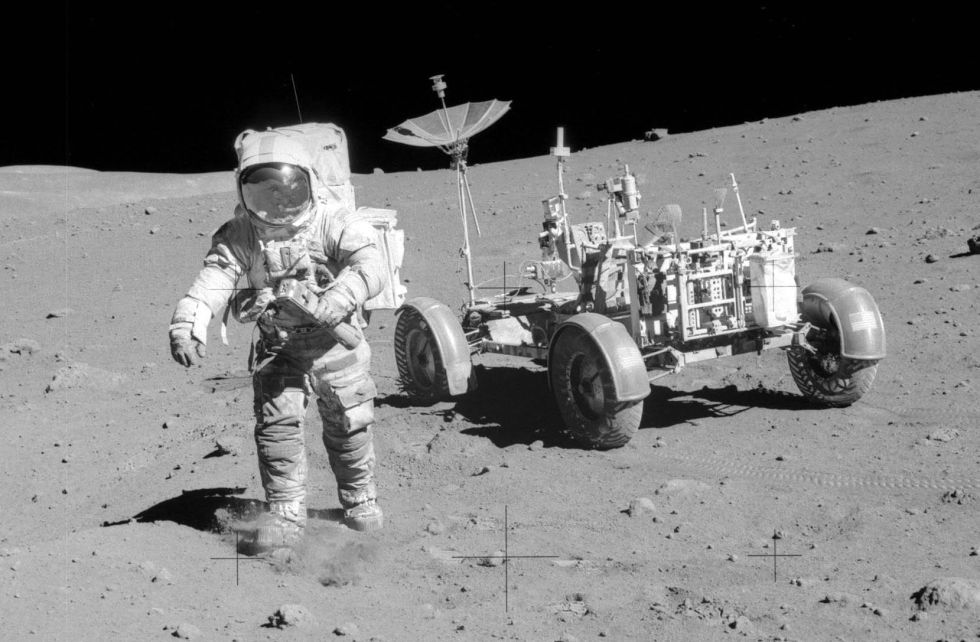The first telephoto lens used on the Moon is going up for auction
Ars Technica » Scientific Method 2016-04-01

David Scott commanded the Apollo 15 mission, which launched on July 26, 1971. Here he holds the Hasselblad camera with a Zeiss 500mm lens. (credit: NASA)
Apollo 15 was the first of that program's "J missions," which featured longer stays on the lunar surface and more science-heavy timelines. As part of that, for the first time, the lunar module also brought an electric rover to the Moon's surface so astronauts could visit interesting geological features farther away from the landing site.
For the first of these J missions, astronauts David Scott and Jim Irwin landed at the base of the Apennine Mountains, allowing them to explore the Hadley Rille, a deep rift in the Moon’s surface gashed by some early volcanic process. All told, the rover drove a total of 27.9km during the Apollo 15 excursions. But there was only so much the astronauts could do up close. And so it is a good thing, for the first time, they also brought a 500mm telephoto lens to the Moon.
Because weight restrictions were so tight on the mission after inclusion of the 209kg rover, Scott had to argue with mission managers to include the lens, and ultimately they agreed to slightly decrease the spacecraft's abort propellant to gain the extra margin in weight—about one pound.